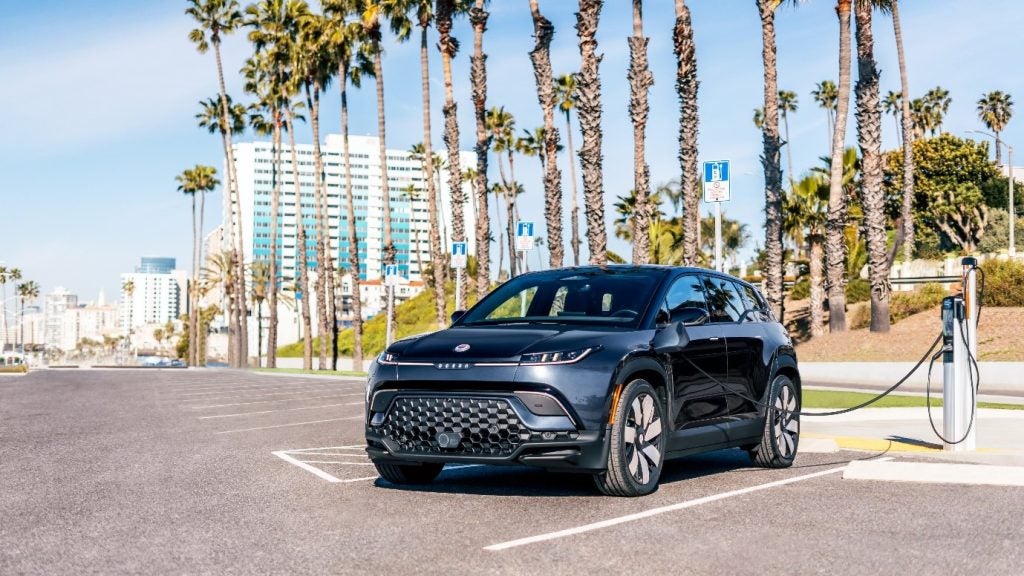The automotive industry continues to be a hotbed of innovation. Activity is driven by the need for improving the vehicle’s fuel efficiency, reduction in harmful gas emissions, and enhanced driving experience and growing importance of technologies such as hybrid technologies and fuel injections. In the last three years alone, there have been over 1.2 million patents filed and granted in the automotive industry, according to GlobalData’s report on Environmental sustainability in Automotive: Engine anti-knock agents. Buy the report here.
According to GlobalData’s Technology Foresights, which uses over 619,000 patents to analyse innovation intensity for the automotive industry, there are 290+ innovation areas that will shape the future of the industry.
Engine anti-knock agents is a key innovation area in environmental sustainability
An anti-knock agent is a gasoline additive that increases the temperature and pressure at which auto-ignition occurs. It helps to reduce engine knocking and raising the octane rating of the fuel. Tetraethyl lead (TEL) is the most used anti-knocking agent for gasoline.
GlobalData’s analysis also uncovers the companies at the forefront of each innovation area and assesses the potential reach and impact of their patenting activity across different applications and geographies. According to GlobalData, there are 50+ companies, spanning technology vendors, established automotive companies, and up-and-coming start-ups engaged in the development and application of engine anti-knock agents.
Key players in engine anti-knock agents – a disruptive innovation in the automotive industry
‘Application diversity’ measures the number of different applications identified for each relevant patent. It broadly splits companies into either ‘niche’ or ‘diversified’ innovators.
‘Geographic reach’ refers to the number of different countries each relevant patent is registered in. It reflects the breadth of geographic application intended, ranging from ‘global’ to ‘local’.
Patent volumes related to engine anti-knock agents
Source: GlobalData Patent Analytics
Ford is one of the top patent filers for engine anti-knock agents with 219 patent filings. Ford’s recent innovations relate to an optimised fuel management system to be used with spark ignition gasoline engines, in which an anti-knock agent is directly injected into the engine along with fuel. Hyundai, Toyota, and General Motors are some of the other patent filers for anti-knock engine agents.
To further understand how environmental sustainability is disrupting the automotive industry, access GlobalData’s latest thematic research report on Automotive.
Data Insights
From

The gold standard of business intelligence.
Blending expert knowledge with cutting-edge technology, GlobalData’s unrivalled proprietary data will enable you to decode what’s happening in your market. You can make better informed decisions and gain a future-proof advantage over your competitors.







